Physics
Sign up for our newsletter
We summarize the week's scientific breakthroughs every Thursday.
-
 Physics
PhysicsShadows of two failed searches loom over physics
Physicists are facing two failures this year with no detections of dark matter particles and no signs of supersymmetry from the Large Hadron Collider.
-
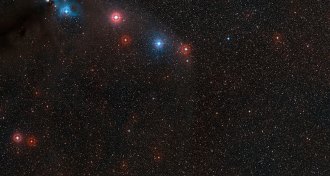 Quantum Physics
Quantum PhysicsVacuum’s quantum effect on light detected
Light can be polarized through interactions with empty space.
-
 Materials Science
Materials ScienceGraphene Silly Putty detects pitter-patter of spider footsteps
Sensor made of graphene and Silly Putty can detect pulse, breathing — and spider feet.
-
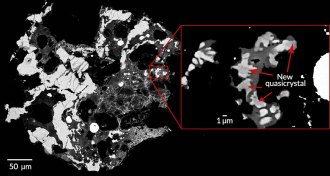 Earth
EarthThird kind of quasicrystal found in Russian meteorite
A new quasicrystal found inside a Russian meteorite is the first ever found in nature before being synthesized in the lab.
-
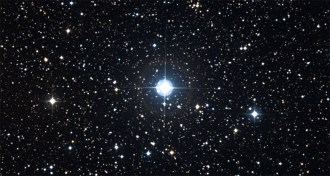 Quantum Physics
Quantum PhysicsCosmic test confirms quantum weirdness
Physicists used starlight to perform a cosmic Bell test.
-
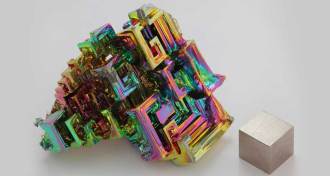 Physics
PhysicsDespite lack of free electrons, bismuth superconducts
Bismuth conducts electricity with no resistance at temperatures near absolute zero, despite lack of mobile electrons.
-
 Anthropology
AnthropologyReaders ponder hominid hookups and more
Neandertal evolution, quantum internet and more in reader feedback.
-
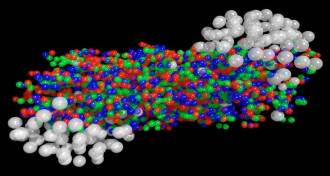 Physics
PhysicsWhirlpools might have stirred up baby universe’s soup
Vortices appear in the quark-gluon plasma produced in heavy-ion collisions.
-
 Particle Physics
Particle PhysicsNew analysis boosts case for smaller proton
Electron scattering data hint at a slightly smaller proton radius.
-
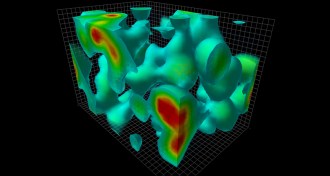 Physics
Physics‘Void’ dives into physics of nothingness
In modern physics, emptiness is elusive and difficult to define, a new book shows.
-
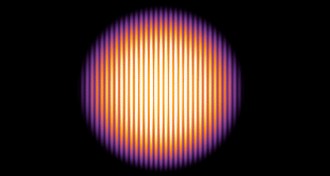 Physics
PhysicsSupersolids produced in exotic state of quantum matter
Bose-Einstein condensates display properties of liquid and solid simultaneously.
-
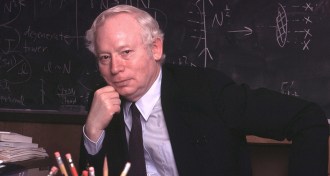 Quantum Physics
Quantum PhysicsWhy quantum mechanics might need an overhaul
Nobel laureate Steven Weinberg says current debates in quantum mechanics need a new approach to comprehend reality.